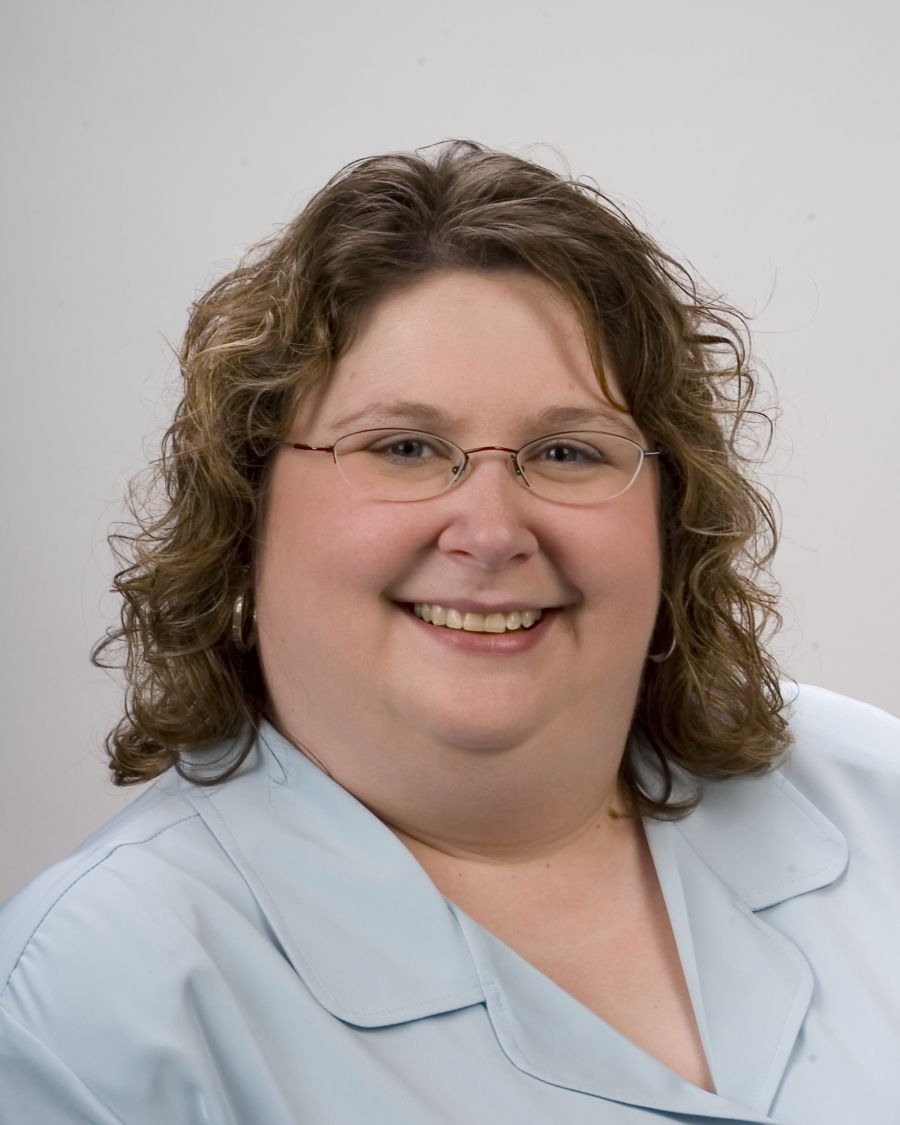


Dean for Institutional Effectiveness
and Title V Project Director
During the last year, we all learned more about vaccines, viruses, and infection than we ever anticipated. The terms social distancing, PPE, and herd immunity are heard in conversations over dinner and on family Zoom calls. What we don’t hear as much about are the names and stories of the countless women and men who have worked around the clock for the last year to help keep us safe and supported the families who lost friends and loved ones to COVID. In honor of them, and as we celebrate Women’s History Month, I want to share with you the story of a pioneering female physician who changed my life even though she died before I was born.
I was working on my dissertation in Philadelphia and doing what historians often do – looking through old boxes in an archive, hoping to find some inspiration. All I knew at that point was that I wanted to write about the intersection of gender and medicine. I was intrigued by the way women fought to gain space in the medical profession and that was how I found myself in the archives of the Women’s Medical College of Pennsylvania. One afternoon, at the bottom of a box of what appeared to be unimportant papers, I found a few pages of a story that I couldn’t put down. I read about a young woman who traveled to Germany at the age of 15 in 1892 and returned home with a love of Europe and an interest in obstetrics and gynecology. With poor grades in school, and at the young age of 16, she was told she could not enroll in medical school and was instructed to attend the University of Philadelphia for two years before she could be accepted as a medical student. She did so and on May 18, 1898, she and forty-two other women graduated with their medical degrees from the Women’s Medical College of Pennsylvania. She was twenty-one years old.
What I’d uncovered that July afternoon was the unpublished autobiography of Dr. Catharine Macfarlane, better known as Dr. Kitty Mac to her patients and colleagues. Dr. Macfarlane’s career had many accolades -- she was admitted to the College of Surgeons in 1913 and became the first woman member of the Philadelphia College of Physicians in 1932. Macfarlane also served as president of the American Medical Women’s Association, vice president of the Medical Women’s International Association, and chair of the Commission on Cancer of the Medical Society of Pennsylvania. In recognition of her work in cancer prevention, the American Cancer Society voted her the first life-long membership in its history. More important than all those accomplishments, however, was her unwavering commitment to the idea that all women – regardless of race, class, or social advantage – should have access to medical care and cancer prevention screening.
In the early twentieth century, regular cervical cancer screening for healthy women was almost unheard of, and many women died from undiagnosed cancers of the cervix, uterus, and ovaries. Macfarlane believed that regular screenings with a well-trained physician could save women’s lives and she set up a free clinic in Philadelphia to test her theory. Her connection to cutting-edge research from Europe allowed her to begin using radium to treat cancer cases just five years after Marie Curie’s discovery. In 1938, the American Medical Association’s Committee on Clinical Research gave Macfarlane a grant to establish a cancer-prevention research clinic, the first such clinic in Pennsylvania. Her research saved many of her patients' lives and she continued her advocacy for cancer prevention with the American Cancer Society, along with her medical practice, until her death in 1969 at the age of 92.
After spending my afternoon reading Kitty Mac’s story, I was excited to learn more about her, so I went to all the usual research sources and databases expecting to find articles and reviews about her work. What I quickly realized was that other than a few articles she had published on the clinic, her work had largely been lost to history. At that moment, I decided her life and her work would be the center of my own writing so that her inspiring story would be told. Her passion for her work and her belief that education could change lives connected with me in ways I didn’t fully understand until later in my life. Fast forward another ten years and I still find her story inspiring. I see those same inspiring stories every day from students on our campus. Every student at Waubonsee has their own unique voice, story, and goal. They will struggle, grow, and persevere to become doctors, historians, teachers, scientists, artists, welders, machinists, EMTs, and leaders in their communities. My hope is that sharing stories like Macfarlane’s will encourage and inspire people to find their own path to happiness and fulfillment. After this last year, I believe that’s more important than ever, for all of us.

